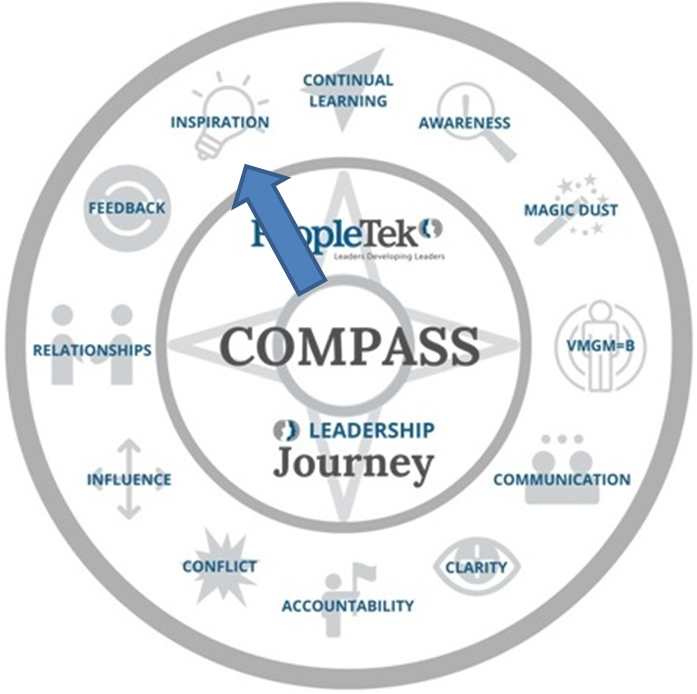If you are building a culture where honest expectations are communicated and peer accountability is the norm, then the group will address poor performance and attitudes.
― Henry Cloud
Accountability. What does that mean to you? Does it mean doing what you say? Admitting mistakes? Being transparent? Supporting goals? What else?
As leaders there’s a need to create a culture of accountability where individuals, teams and the entire organization create a strategy and commitment to make it come alive (and provide feedback when it’s lacking).
Gordon Tredgold provides the following to help increase accountability levels:
1 – Accountability starts with you, the leader
Leadership must model the behaviors desired within the organization.
2 – You are Accountable
Leaders are accountable for any failures (as well as any successes) within their organization.
3 – Accountability is not a one-time thing
Accountability is not occasional, rather it’s an “all-time thing”.
4 – Accountability applies to one and all
There’s no playing favorites; accountability must be consistently requested of everyone.
5 – Accountability cannot be delegated
It’s something that has to be accepted be each person so they feel accountable and take ownership of their behaviors and actions.
6 – Accountability is the difference between success and failure
When ownership exists and problems arise, individuals step into solution mode.
7 – Holding people Accountable
Actually discuss and assess how/if each person is being accountable. This will strengthen accountability, and provides opportunities for feedback (and praise).
In conclusion, Tredgold shares: ask teams and colleagues if they have “everything they need to be successful; when they say yes they have taken a big step towards accepting accountability. If they say no then you need to make sure you provide whatever is missing because without it they will never accept accountability”.
As a leader, are you modeling the desired behaviors that improve accountability? Is anything missing that will prevent others from being accountable?
The keys to brand success are self-definition, transparency, authenticity and accountability.–Simon Mainwaring


